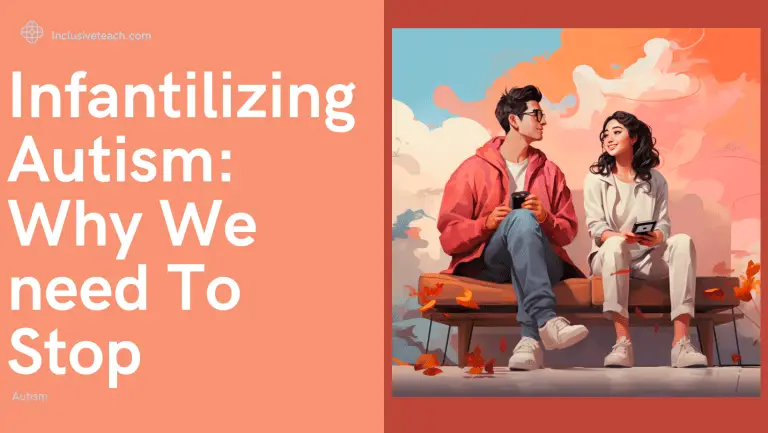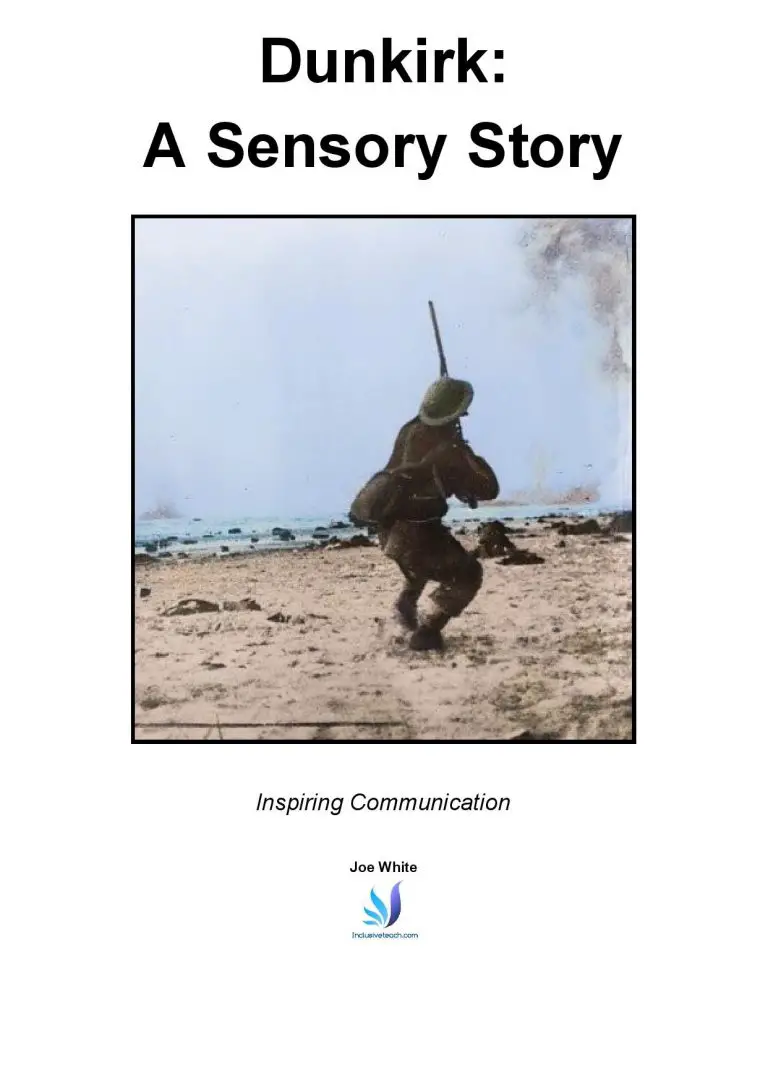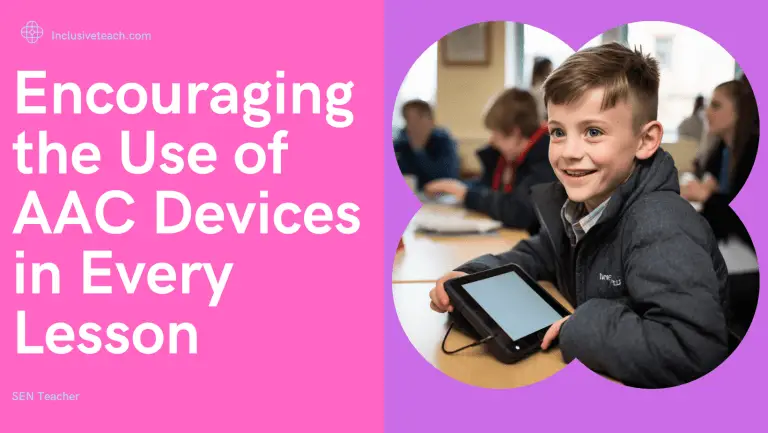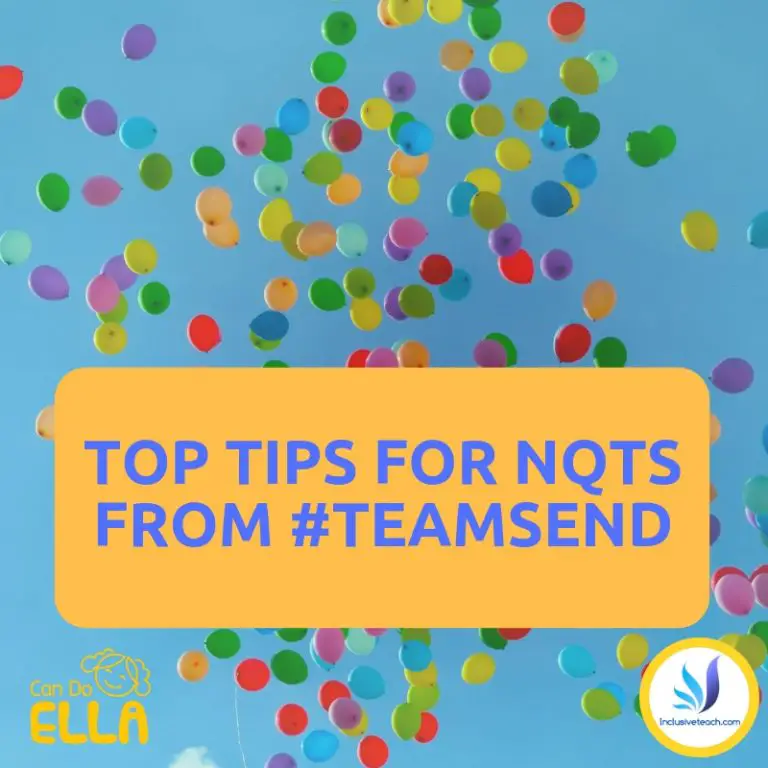Fawning and Autism: Unmasking the Hidden Survival Instincts
Neurodiversity and the Art of Adaptation (Masking and Fawn Response)
As we journey into the intricate world of autism, we encounter the visible aspects and the subtle survival mechanisms that shape an individual’s experience. One such phenomenon is fawning, a behaviour deeply intertwined with the neurodiverse landscape. This article will explore the origins, impact, and strategies related to fawning in neurodiverse individuals.
Fawning and Human Development
As a wannabe archaeologist, this aspect of human development intrigues me. Over evolutionary timeframes, humans have adapted, changed, and evolved. We have developed complex societies and communities that cross physical worlds, and built houses, cathedrals, and cities. We established laws, countries, and appointed leaders. Yet despite all this progress, we still share aspects of biopsychology—how the brain and other biology influence our behaviours, thoughts, and feelings—with our ancient ancestors.
All animals on Earth possess a survival response or a “danger detector.” In biological terms, this part of the brain is called the amygdala. When danger is detected through our senses (sight, sound, smell, taste, and touch), the “danger detector” activates, ringing alarm bells, and propelling us into survival mode. So, imagine you are trekking across the savannah, you hear the roar of a lion. Before you have even consciously registered that your nervous system kicks into action, preparing your body for a survival response. Should you fight, flee, freeze, or fawn? Do you stand and fight the mammoth, run away, hope it doesn’t notice you, or something else?
You might wonder how this ancient survival instinct relates to the modern day. While lions are unlikely to cross our paths, the point is that we still harbour the same survival instinct. The way it manifests has changed, but the underlying mechanisms remain.
What Is Fawning?
- Fawning is a modern-day survival instinct
- In the context of neurodiversity, fawning involves adapting behaviour to avoid conflict, rejection, or exclusion. It’s akin to wearing a social mask—a camouflage that conceals authentic responses.
- A Fawn response is characterised by submissive and appeasing behaviour, where individuals seek to please or comply with the person or situation causing the threat to reduce the risk of harm.
Masking and Fawning
Social Camouflage
- Masking—a close cousin of fawning—is our social chameleon act. Masking involves adapting our behaviour to fit in with our surroundings. We adjust the hue of our personalities to match the backdrop, concealing our authentic selves.
- Neurodiverse individuals often engage in masking. They suppress stimming behaviours so as not to annoy people or appear “different”. They attempt to repress or tolerate sensory sensitivities even if they are desperate to push back against them, and unique ways of processing the world. Why? To be accepted, to blend seamlessly, and to avoid standing out.
- But beneath the mask lies a delicate balance. How much authenticity do we sacrifice? How much energy do we expend to fit the mould?
The Cost of Concealment
- Masking extracts a toll. It drains our emotional reserves, leaving us fatigued and disconnected.
- Imagine a child at school suppressing their need for routine, their need for solitude to self-regulate. They become masters of mimicry, yet their true selves remain hidden, this can lead to mental health issues and, the release of frustrations when they get home.
- What happens when the mask becomes too heavy? How do we honour authenticity without risking rejection?
How Might a Fawn Response Manifest in a Classroom?
In a classroom setting, a fawn response might manifest in the following ways:
- People-pleasing behaviour: A student exhibiting a fawn response may try to please the teacher or other students excessively, even at the expense of their own needs or boundaries. They may agree with everything the teacher says, even if they don’t fully understand or agree with it, to avoid conflict or disapproval.
- Excessive compliance: They may follow instructions or rules to an extreme degree, even if the instructions are unreasonable or harmful to themselves. They may not advocate for their own needs or question authority figures.
- Flattery or ingratiation: A student exhibiting a fawn response may excessively compliment or flatter the teacher or other students, even if the praise is not entirely genuine. This behaviour is aimed at gaining approval or avoiding conflict.
- Minimising their own needs or concerns: They may downplay their struggles, needs, or concerns to avoid causing trouble or being seen as a burden, bottling these up at the cost of their wellbeing.
- Difficulty setting boundaries: They may have trouble saying “no” or setting healthy boundaries with others, leading to overcommitment or being taken advantage of.
- Chameleon-like behaviour: They may adapt their behaviour, opinions, or personality to match what they perceive is expected or desired by others, rather than expressing their authentic selves.
Fawning and Links Polyvagal Theory
In terms of polyvagal theory, our neuroception (subconscious perception) of danger activates various trauma responses. The fawn response is one such survival mechanism. It involves both Fight/Flight and Freeze activation simultaneously. Imagine pushing the gas pedal on a car while the emergency brake is engaged. Habitual long-term fawning as a protective strategy can lead to significant health problems. The Fight/Flight system provides the power for movement that meets others’ needs, while the Freeze circuit causes dissociation and disconnection to suppress any expression that doesn’t align with others’ needs.
Fawning behaviours often engage the facial and cranial nerves associated with the Safe state (ventral vagus). However, without the innate flow or rhythm of the Safe state, fawning becomes evident.
Fawning and the Polyvagal Framework
In the context of polyvagal theory, our neuroception (subconscious perception) of danger triggers various trauma responses, what we interpret as danger can be instinctive or based on our past experiences and history. The fawn response is one such survival mechanism.
- Definition of Fawning:
- Fawning involves abandoning the self (what you want or need) to attend to the needs, wishes, and demands of others.
- It’s a process where we take care of others by suppressing our emotions, needs, or identity.
- Fawning is both a trauma response and an attempt to maintain safety. It can also be an expected social behaviour in Western cultures.
- We often perform prosocial behaviours even when our internal state doesn’t align with them.
- Polyvagal Theory and Fawning:
- According to polyvagal theory, when we subconsciously perceive danger, the fawn response kicks in.
- The fawn response simultaneously activates Fight/Flight and Freeze mechanisms.
- You can liken it to being in a choir, you are desperate to shout and scream but you have to sing along so as not to stand out.
- Fight/Flight (sympathetic) provides the power for a movement that meets others’ needs.
- Freeze (dorsal vagus) causes dissociation and disconnection, suppressing any expression that doesn’t align with others’ needs.
- Fawning behaviours often engage facial and cranial nerves associated with the Safe state (ventral vagus).
- However, without the innate flow or rhythm of the Safe state, fawning becomes evident.
Fawn Response to Navigate Difficult Relationships
Imagine having an attachment figure—a close person in your life like a parent, role model, best friend, partner, coach, or teacher. Here are some warning signs that your attachment figure might be struggling with their own emotions and impacting your well-being leading you to respond using a Fawn response, maybe due to fear or a significant power imbalance:
- Emotional Regulation Challenges:
- They struggle to manage their emotions and may express them physically or verbally toward you.
- Their emotional turmoil affects your own sense of safety and stability.
- Inconsistent Support:
- Despite their best intentions, they can’t consistently provide the support you need.
- Their personal hardships (such as mental illness, heartbreak, grief, or addiction) hinder their ability to be there for you consistently.
- Blaming Behavior:
- They hold you responsible for their problems, shifting blame onto you.
- This dynamic can be emotionally draining and damaging.
- Conditional Love and Compassion:
- They show love and compassion only when you meet their needs or serve them.
- Your worth becomes tied to your ability to provide for them.
- Negative Responses to Authentic Emotions:
- When you express genuine feelings, they react negatively or dismissively.
- This invalidation can erode your emotional well-being.
Summary
Remember, fawning isn’t always obvious; it can be subtle, habitual, and even mistaken for codependence.
- The fawn response is a term used in psychology to describe a coping mechanism or survival strategy employed by individuals when faced with a threat or danger.
- It is characterised by submissive and appeasing behaviour, where individuals seek to please or comply with the person or situation causing the threat to reduce the risk of harm.
- The fawn response often manifests as people-pleasing, excessive compliance, and an excessive focus on meeting the needs and desires of others at the expense of their well-being.
- It is believed to be a result of early childhood experiences or trauma, where individuals learn that submission and appeasement are effective ways to avoid harm or conflict.
- The fawn response can have negative consequences on individuals’ mental and emotional well-being, as it can lead to a loss of personal boundaries, a diminished sense of self-worth, and difficulty asserting one’s own needs and desires.






